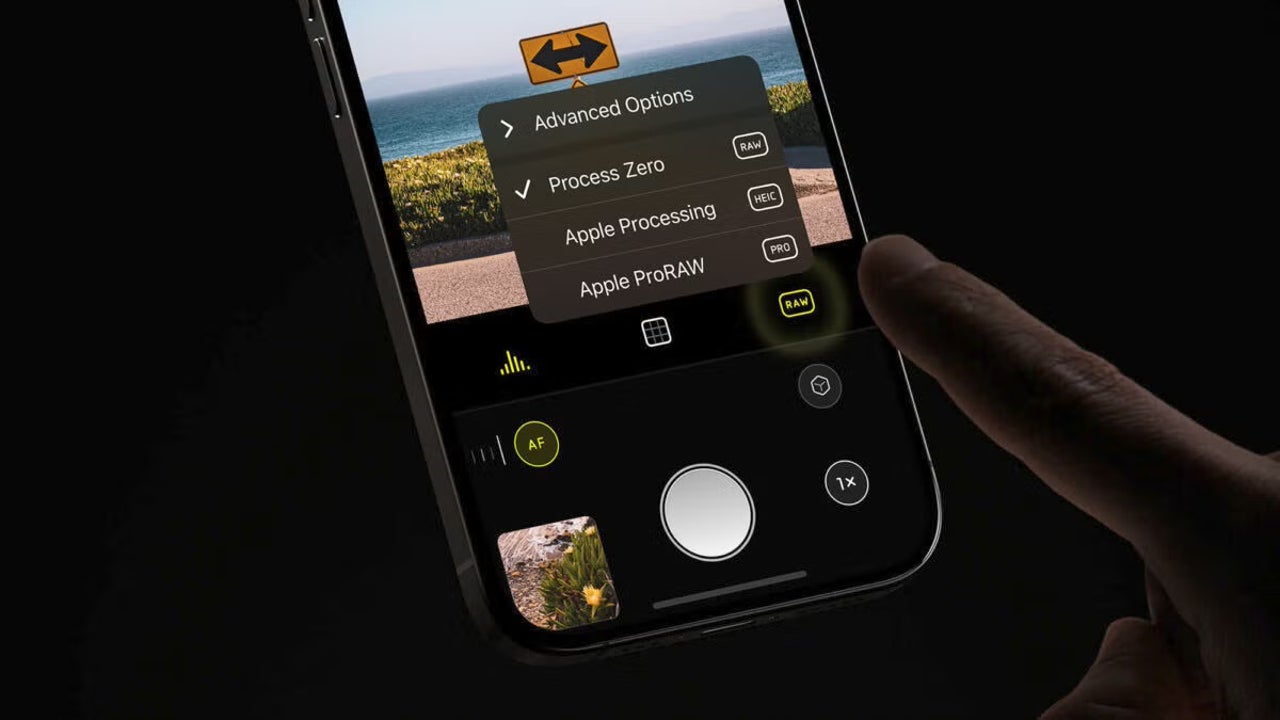Is it a good idea for Halide to remove all Artificial Intelligence from iPhone photos?
The path opposite to AI can also be very interesting

- August 15, 2024
- Updated: July 1, 2025 at 11:03 PM

For some years now, artificial intelligence and algorithms have dominated photography. Here, Halide, the popular photography app, has decided to take a different path with its new “Process Zero” mode. This represents a radical change as it completely discards the use of artificial intelligence and computational photography in the image capture process, opting for a much more traditional experience that we can control according to our preferences.
A very interesting approach to creative photography
Process Zero is a new feature included in the Halide app, which allows us to capture images bypassing the standard iPhone image processing system. The result is a photograph that, under certain circumstances, can retain more details and offer greater control over lighting and exposure, similar to how images were captured in classic film cameras.
The most interesting thing about this mode is that it provides us with a kind of digital negative. This, among other things, allows us to make exposure adjustments later on, maintaining a level of grain that resembles analog photos.

Among the cameras that automatically adjust and enhance images, Halide offers us an alternative that puts all artistic and technical decisions in our hands. This ability to intervene directly in the photographic process without dependence on algorithms can be very interesting in various situations, but certainly not in all of them.
This approach has its disadvantages. The absence of algorithms means that we must be much more attentive to lighting conditions and camera settings, as there are no automatic systems to compensate for difficult exposures or to merge multiple captures and reduce noise. This can result in underexposed or overexposed images if the settings are not handled correctly, but in any case, it means that the simple process of taking the iPhone out of your pocket and shooting becomes much slower and calculated. Positive? Negative? It depends.
The arrival of Process Zero also raises a broader question about the direction of photographic technology in phones. While most of the announcements we see have focused on making photography more accessible and automatic, Halide is betting on the appreciation and resurgence of artistic and manual technical photography.
It is important to understand that, physically, the lenses and sensors of a phone’s cameras cannot compete —even just in terms of size— with those of dedicated cameras. Traditionally, this has relegated mobile photography to something convenient and conventional photography to something more creative. The balance is interesting, but here Halide proposes a different approach. Since not everyone has a professional camera, our iPhone can offer us a similar experience.
Without a doubt, it’s a really interesting proposal because, although removing artificial intelligence from Halide’s photographic process might seem counterproductive, it offers us a creative alternative when we’re looking for a specific image. Another reason to include Halide in our repertoire of iPhone apps.
Architect | Founder of hanaringo.com | Apple Technologies Trainer | Writer at Softonic and iDoo_tech, formerly at Applesfera
Latest from David Bernal Raspall
- What’s Changed in AutoCAD 2026 Completely Transforms Project Auditing: how we can use Activity Insights efficiently
- From intention to impact: how All in One Accessibility fits in our inclusive digital strategy
- AI in Google Workspace: A Game Changer for SMB Productivity
- A Day in the Life of a Modern SMB Powered by Google Workspace
You may also like
 News
NewsThe horror series that promises to give you a scary Halloween arrives on HBO Max
Read more
 News
NewsPikmin 4 will receive a free update for Switch 2 that makes it even more essential
Read more
 News
NewsHorizon Forbidden West cost more than 200 million dollars, but its art director has an explanation for why
Read more
 News
NewsThe co-creator of Halo blasts Battlefield 6 for the treatment they have given to their developers
Read more
 News
NewsA security vulnerability in Microsoft opens the door to threats from China
Read more
 News
NewsThe best Marvel video game in years receives a release date and confirms two new characters
Read more